Of Now and Tomorrow, Forever
Works by Noor Abed, Hera Büyüktaşcıyan, Ariane Lorrain, Kaveh Nabatian
FEB 10, 2023 – MARCH 10, 2024
Opening Reception: Saturday, February 10th, 5-8 PM
Transmitter is pleased to present Of Now and Tomorrow, Forever, featuring the work of artists Noor Abed and Hera Büyüktaşcıyan as well as filmmakers Ariane Lorrain and Kaveh Nabatian whose videos explore cycles of life and death through the lens of mythology, religion and history. Synonymous with the passage of time, these cycles highlight the dichotomy of humanity’s brief, myopic experiences on earth versus the perpetual, irrepressible evolution of the natural world. Each film represents one of the four classical elements: Air, Fire, Earth and Water. Within the scope of this exhibition, the elements represent nature as a whole who acts as a constant witness and the bearer of humanity’s traces left behind on the planet. Conversely, the films are testaments to humanity’s resilience in the face of perpetual loss and ubiquitous injustice. Of Now and Tomorrow, Forever is curated by Lila Nazemian and runs from February 10 - March 10, 2024.
Kaveh Nabatian’s Introduzione and Ariane Lorrain’s The Word of Forgiveness, representing the elements of Air and Fire respectively, are part of the experimental film The Seven Last Words. Conceived and led by Nabatian, seven filmmakers were assigned a sonata from Joseph Haydn’s oratorio, The Seven Last Words of Christ, and invited to create a short film that engages with the themes present within the original scripture. Haydn’s music consists of the audio for each film, and when shown in its entirety, the piece is meant to be accompanied by a live string quartet.
Nabatian’s film is a breathtaking experience of flight and surrender. Shot in Haiti, it is imbued with references to Haitian Vodou mythology. Featured is the figure of Baron Samedi, the spirit of death and resurrection, portrayed with his usual top hat and face painted like a skull. He decides when and if individuals will be allowed to enter the realm of the dead. The film revolves around a lone woman who boards a small aircraft piloted by the Baron. As they circle the skies, we witness the woman’s evolving journey, as at first she fears, then confidently accepts her destiny into the afterlife. Lorrain’s film is a poetic documenting of the Ashura mourning ceremony in the southern Iranian city of Bushehr. Ashura is practiced by Shia Muslims annually to commemorate the unjust killing of the Prophet Mohammad’s grandson, Hussein, alongside most all his male relatives by the Umayyad caliph. The similarities between Jesus and Hussein are palpable; Hussein sacrificed himself for God and for his religious community, also, in Shia lore, he is believed to resurrect on the Day of Judgement. Lorrain presents an ethereal yet tender portrayal of commonly observed practices such as communal gatherings, chest beating processions and dramatic reenactments of the inhumane murders. Ashura’s significance goes beyond Hussein’s intercession in the afterlife on behalf of mourners, or a refusal to submit to oppression, this collective mourning ritual is furthermore a space where individuals can reflect on the injustices within their own lives, and particularly for men, to weep without stigma.
Infinite Nectar by Hera Büyüktaşcıyan represents the element of Earth. It is a poetic narrative mapping the story of erasure as witnessed by the traces left on the surfaces and crevices of abandoned Sikh heritage buildings during the wake of the 1947 Partition of Punjab between India and Pakistan. Shots from two sites that exist in the shadows of bustling cities are interwoven with stop motion animation of a marble hand pushing tiles along the surface of photographs. They reveal encounters with the unseen, absences and violences within space, as well as an inherent resistance to movement and change. The tiles further act as mediators for identifying distinct yet coexisting timelines from Punjab’s history of colonialism and partition-era displacement. The marble hand derives from a carved depiction, believed to be of the last empress of the Sikh empire in Lahore, Maharani Jind Kaur. A charismatic revolutionary figure who led Sikh armies against British occupiers, she was overthrown and eventually exiled from her lands as the British took control of Punjab. As the narrator, Büyüktaşcıyan resurrects the Maharani’s memory and legacy while acknowledging the unresolvable grief from perpetual cycles of displacement and transformation.
In Noor Abed’s Penelope, which represents the element of Water, history, myth and the imaginary converge into the present moment. The artist references the struggles of the renowned heroine from Homer’s epic poem the Odyssey as a metaphor for collective resistance in the face of ongoing pressure and injustice. Filmed in the outskirts of Ramallah, Palestine, a female figure is seen sewing small fish together juxtaposed against elusive scenes of an unidentifiable creature. Flanked by the Jordan river to the right and the Mediterranean sea to the left, Palestine’s cuisine evidently boasts a wide array of seafood. However, since Israel’s settler colonial occupation of Palestine for over 75 years, Gazan fishermen are barely allowed to fish in a strictly limited area and are routinely attacked while doing so, while Palestinans in the West Bank are geographically cut off from access to any waters. The seafood that enters West Bank markets are days old rotting fish left over from Israeli stores. Just as Penelope held off hundreds of suitors through cunning strategies–famously the sewing of a burial shroud that she undid each night for two years until the ruse discovered– Abed’s film likewise alludes to myth and imagination in order to persevere against ongoing cultural erasure of Palestinians.
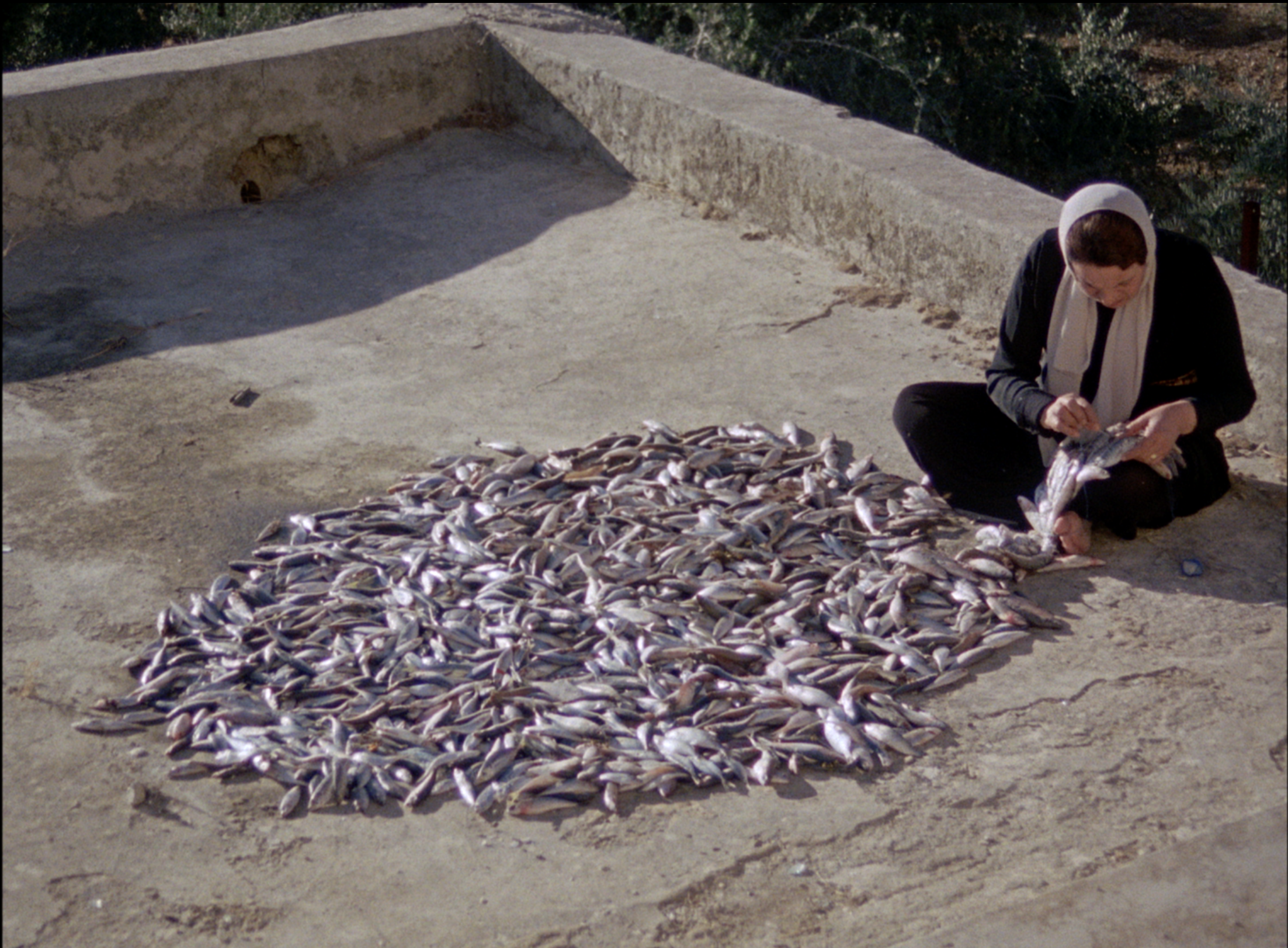
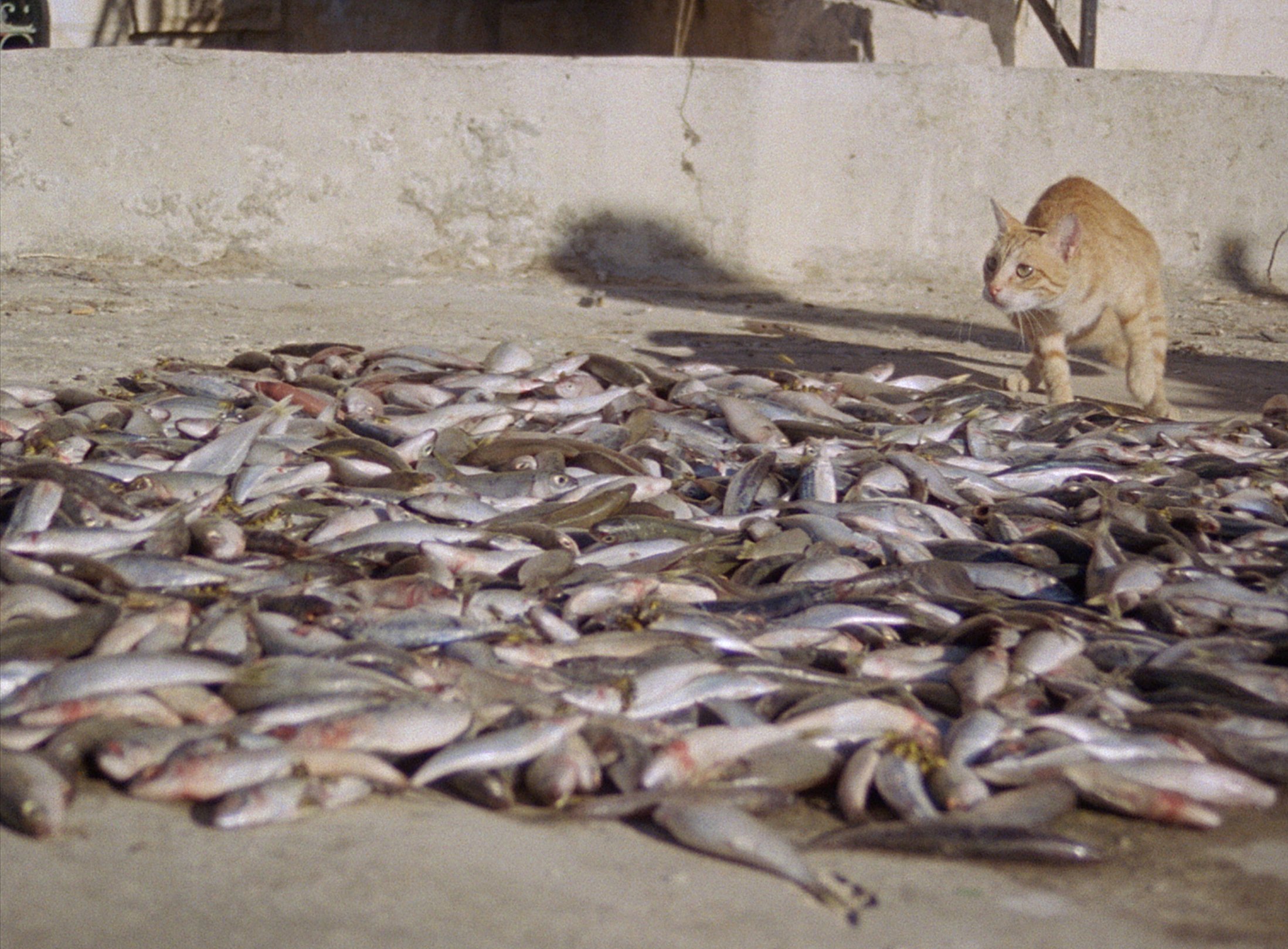

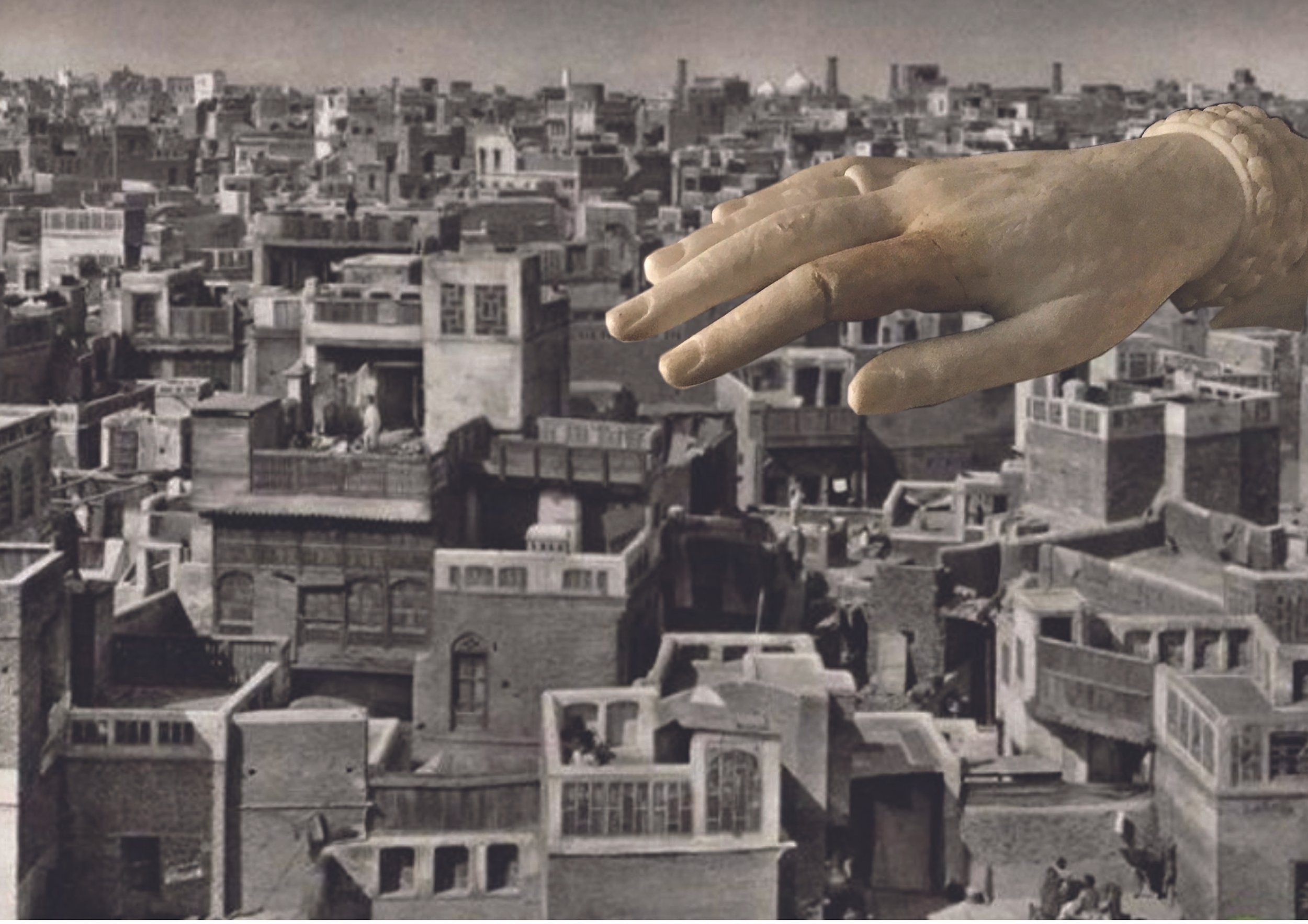
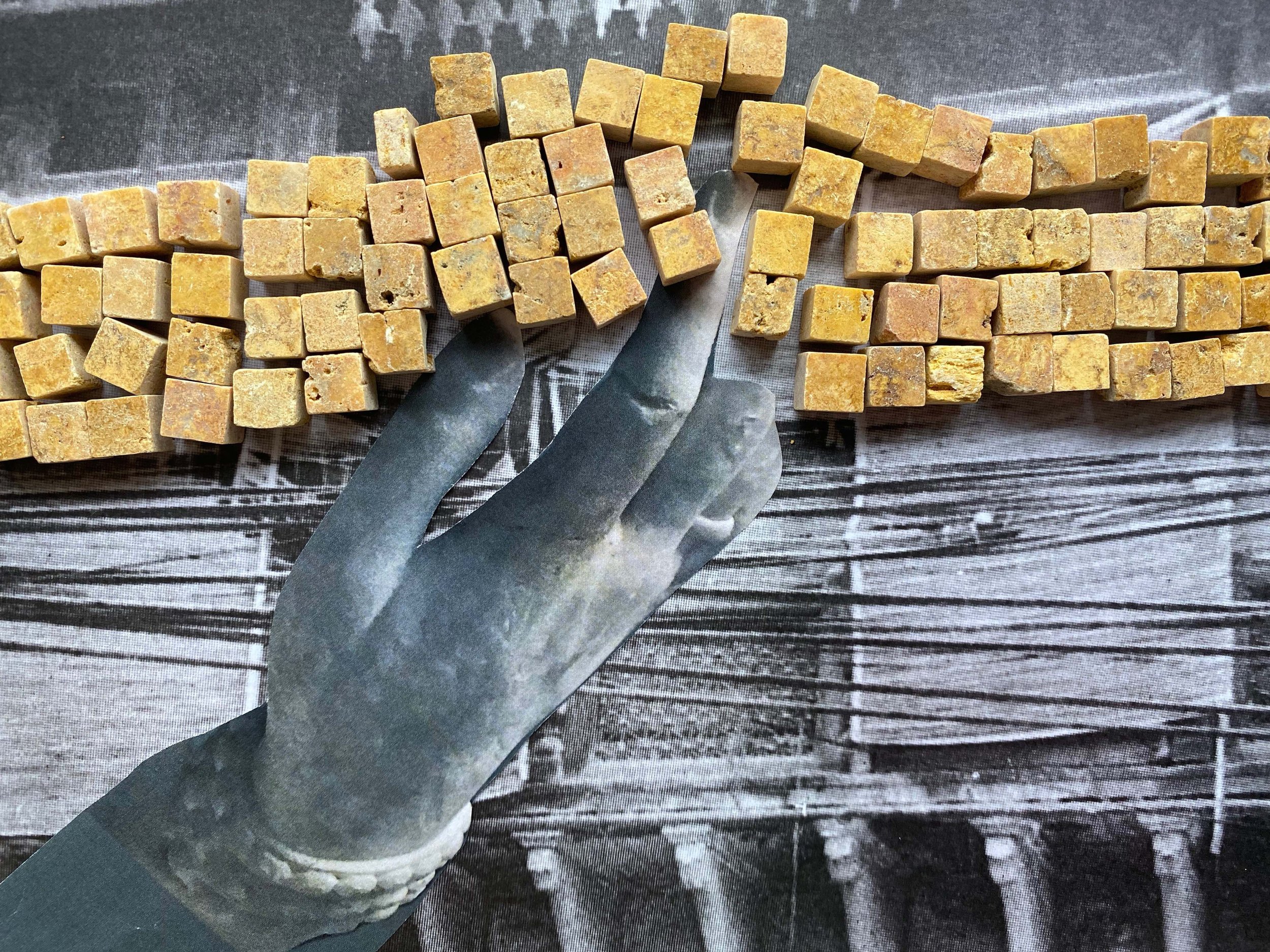
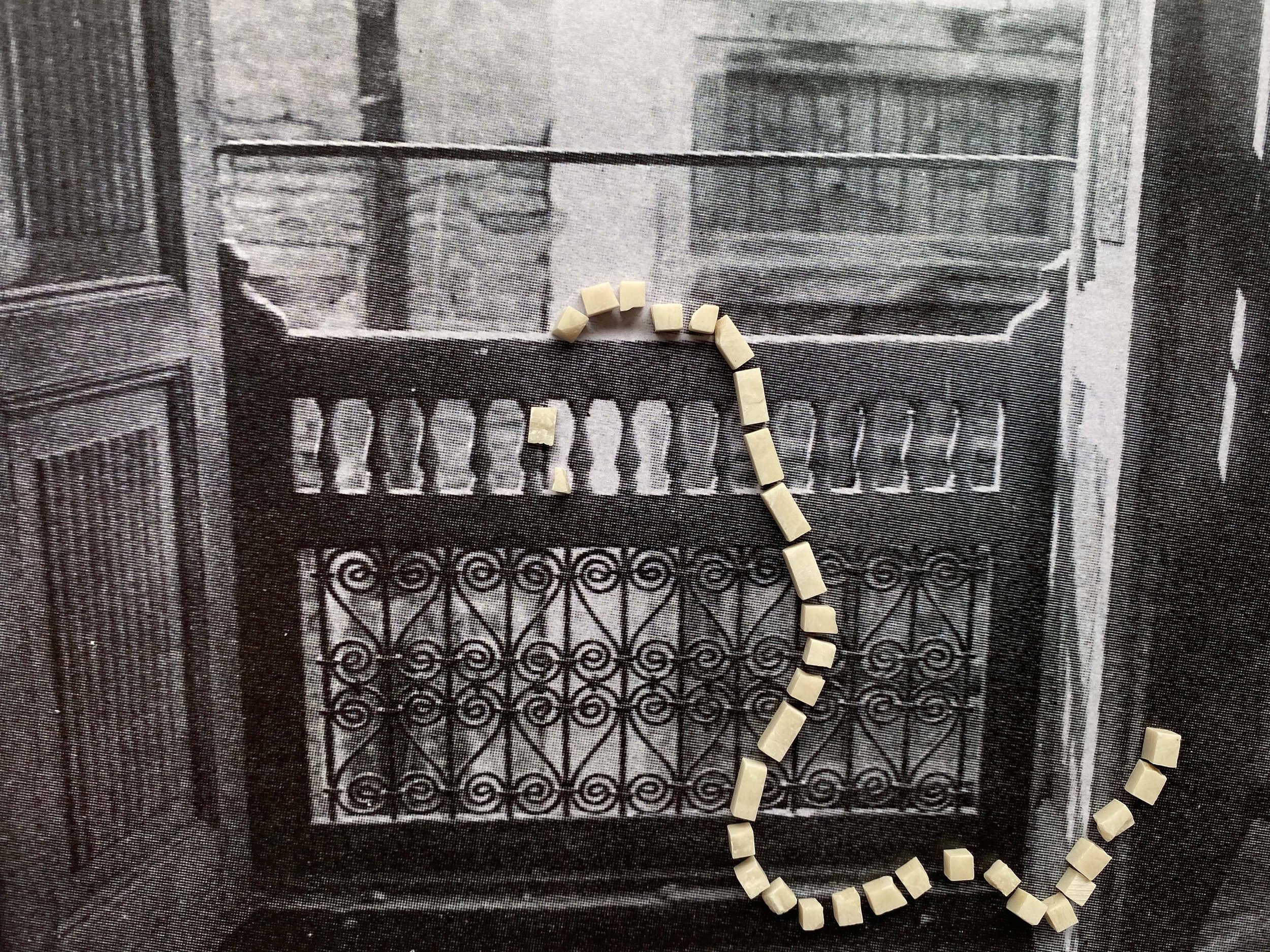
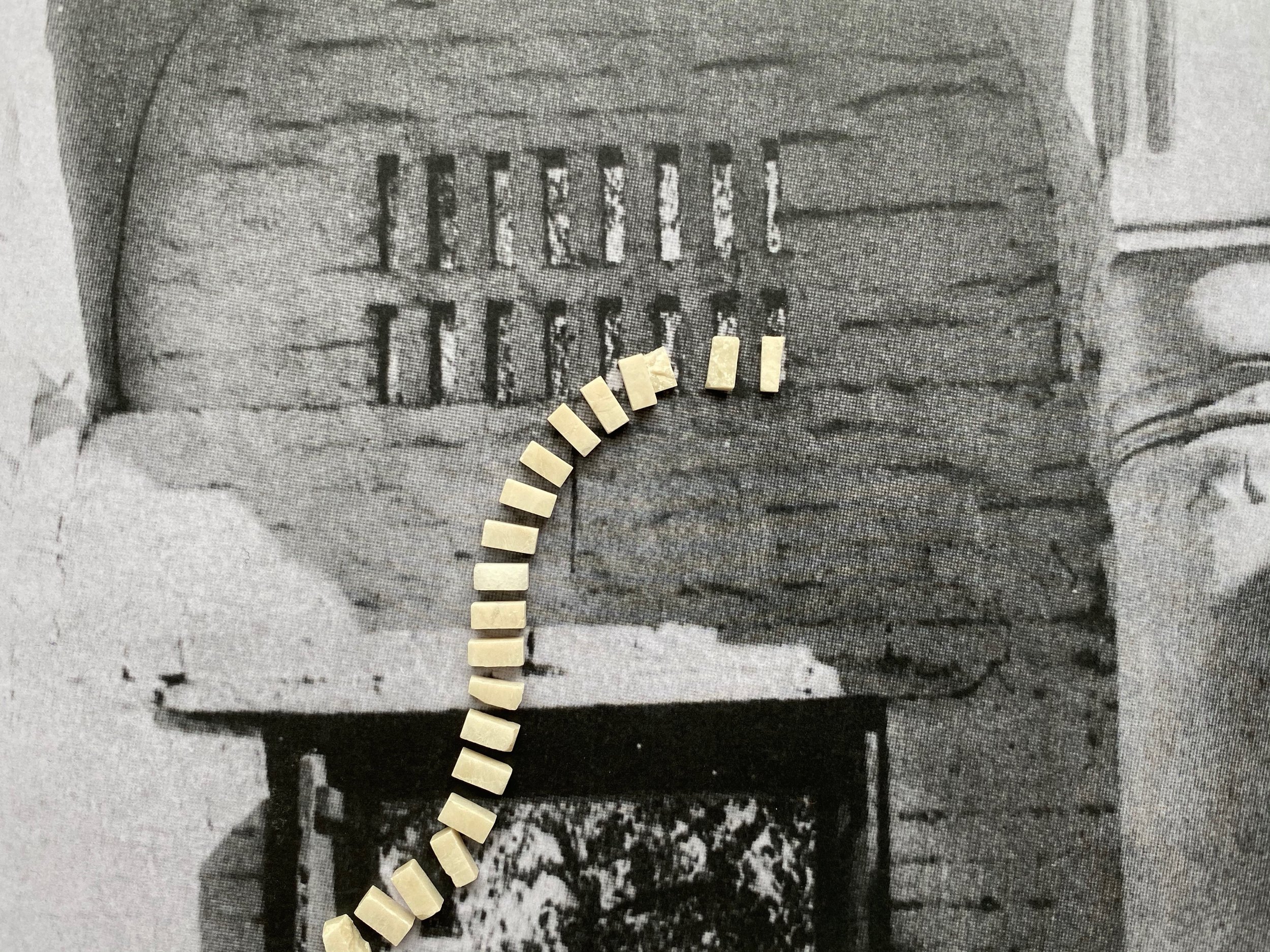
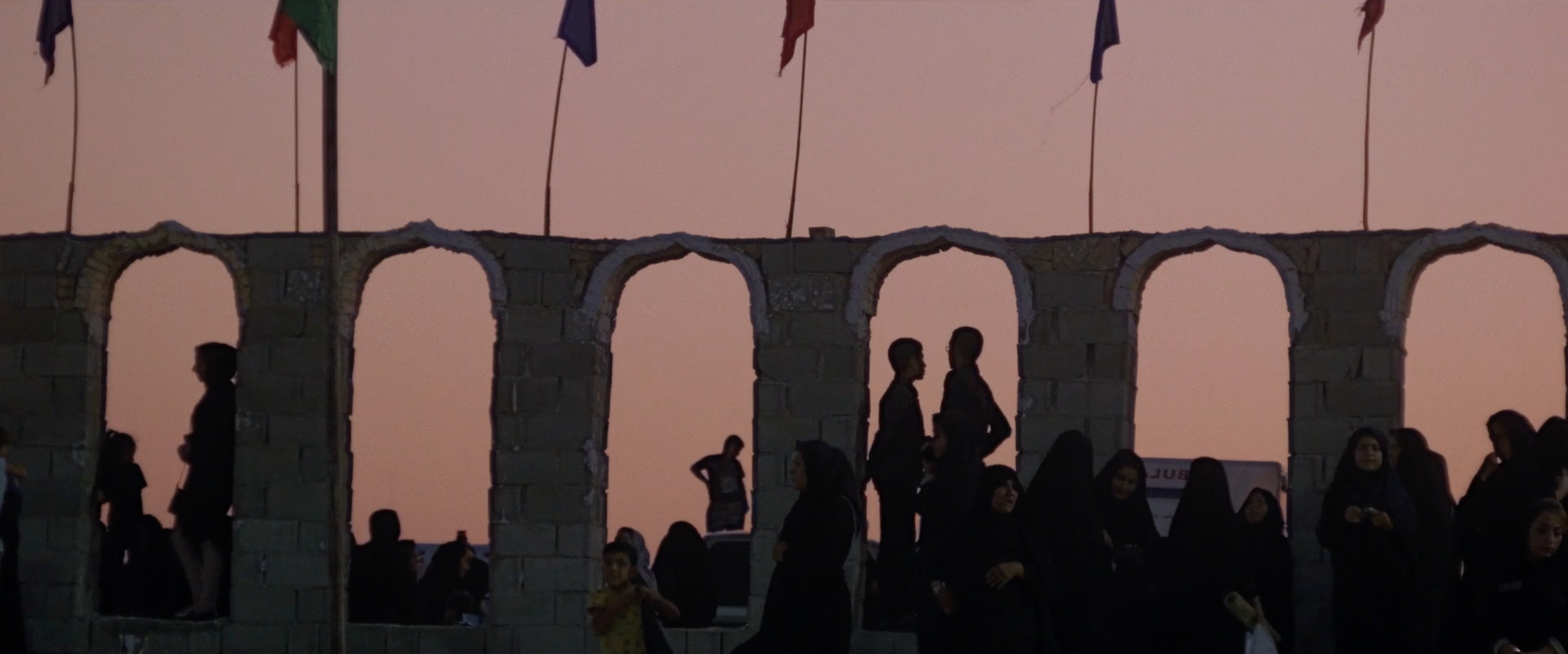
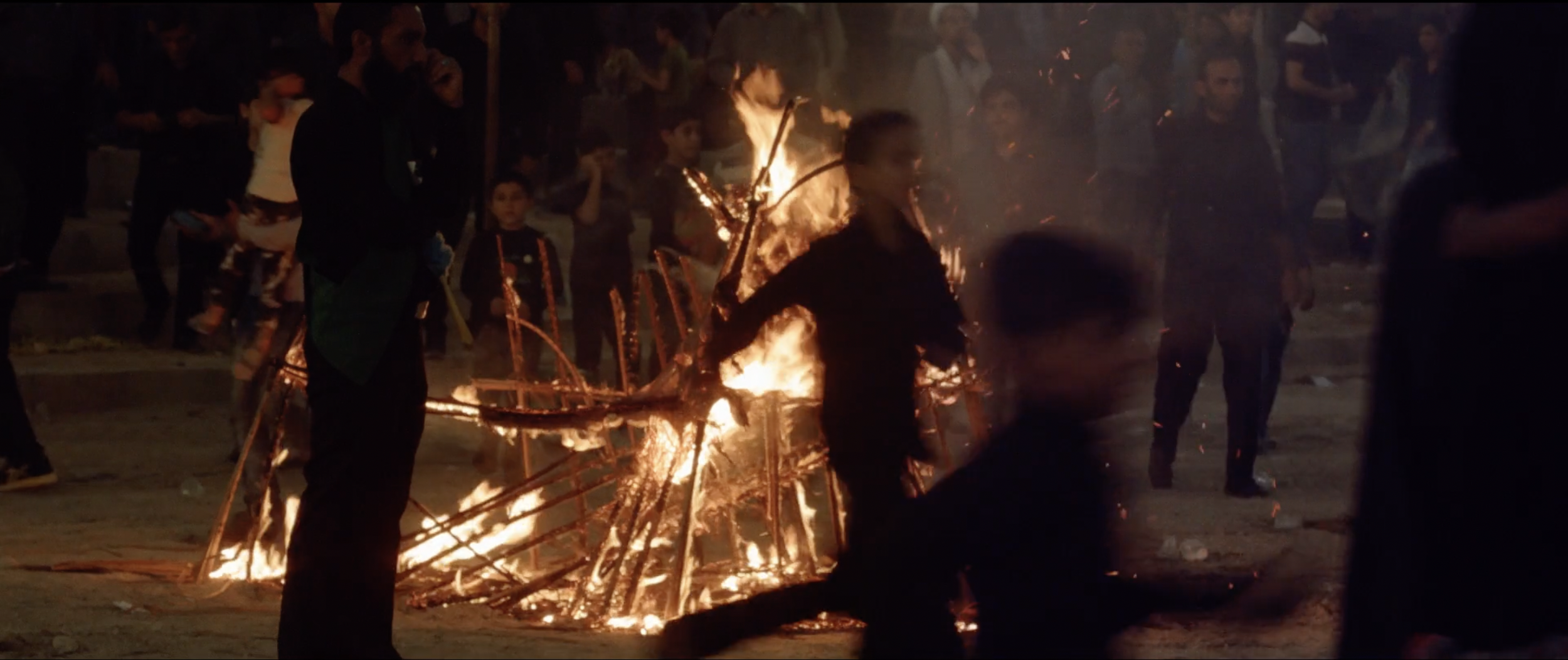
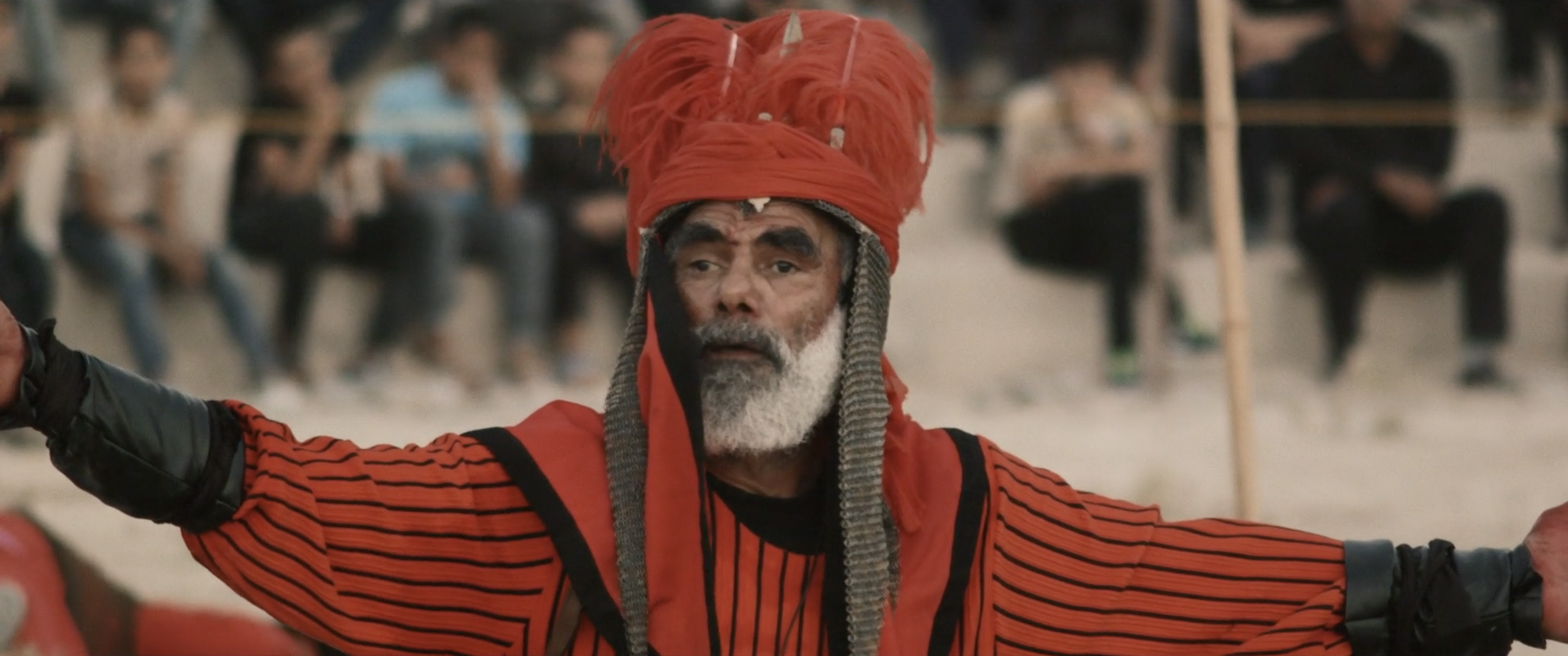
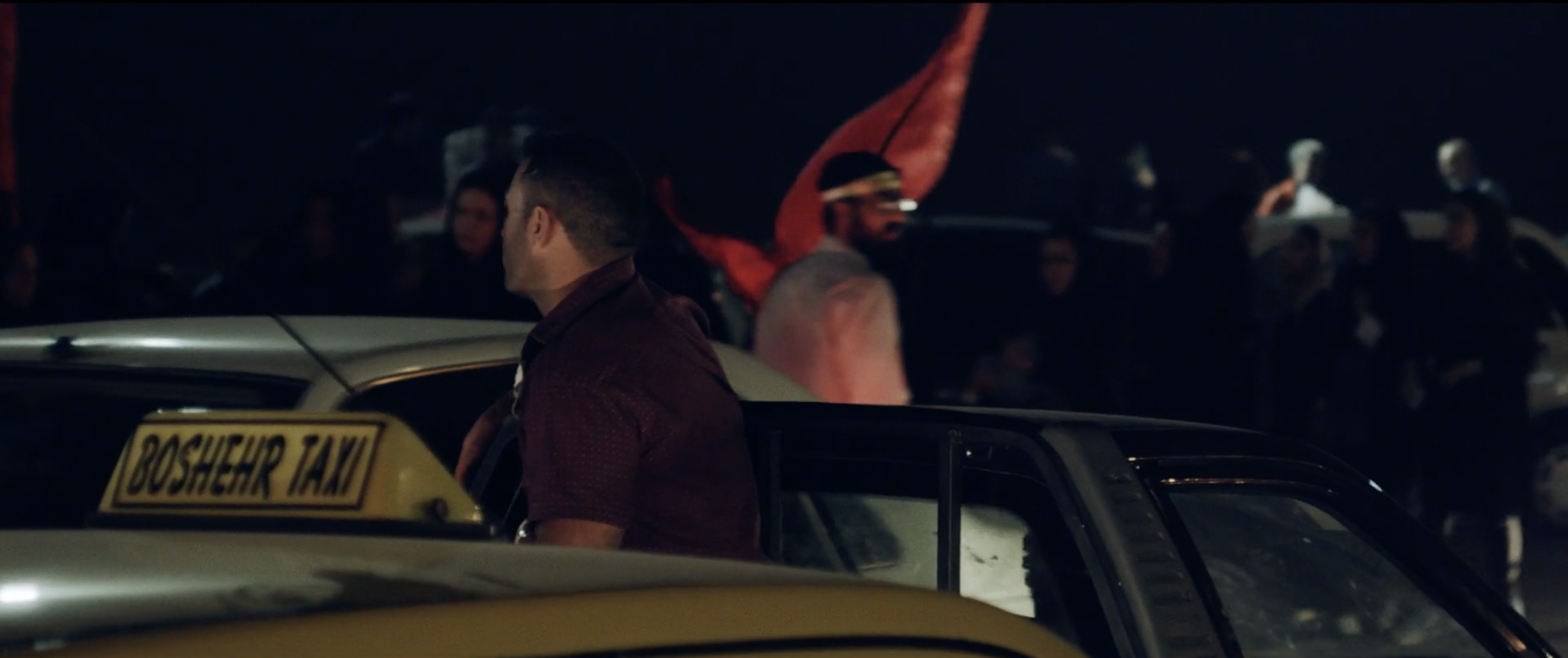
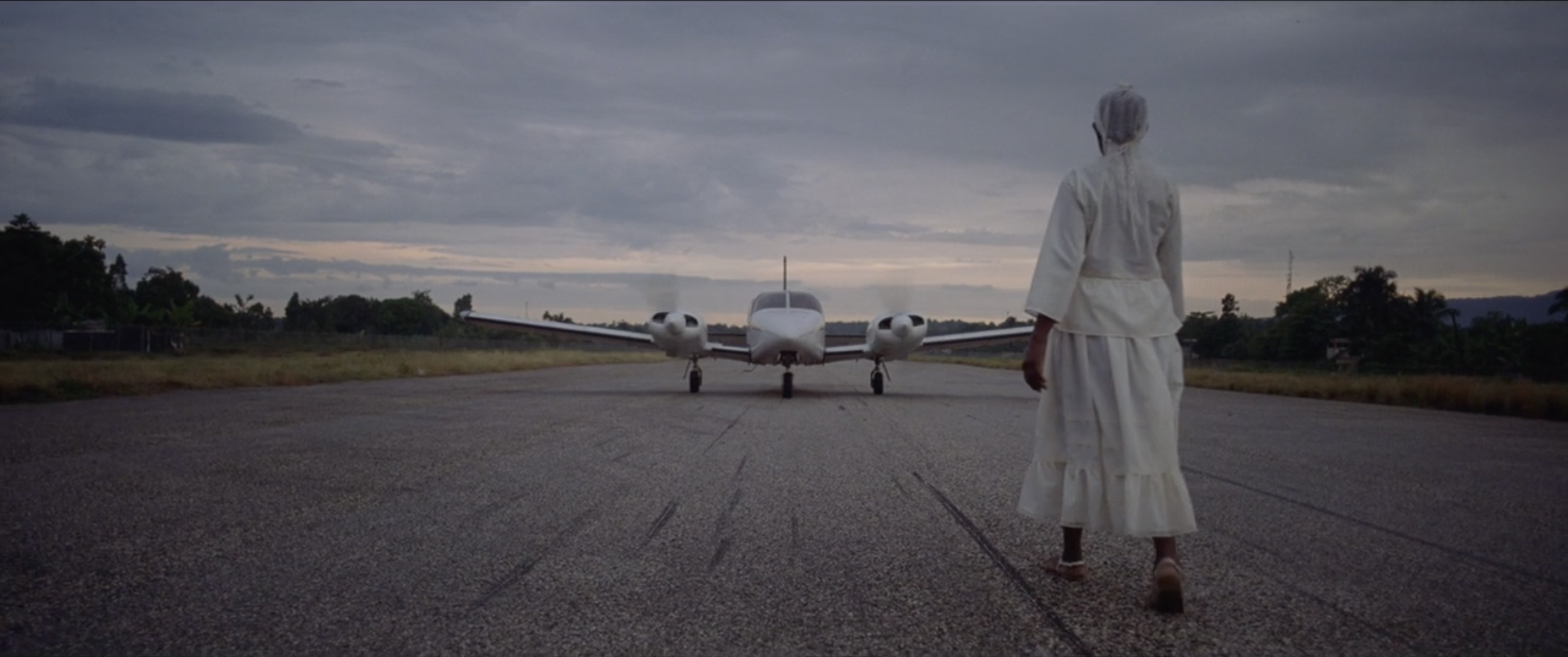


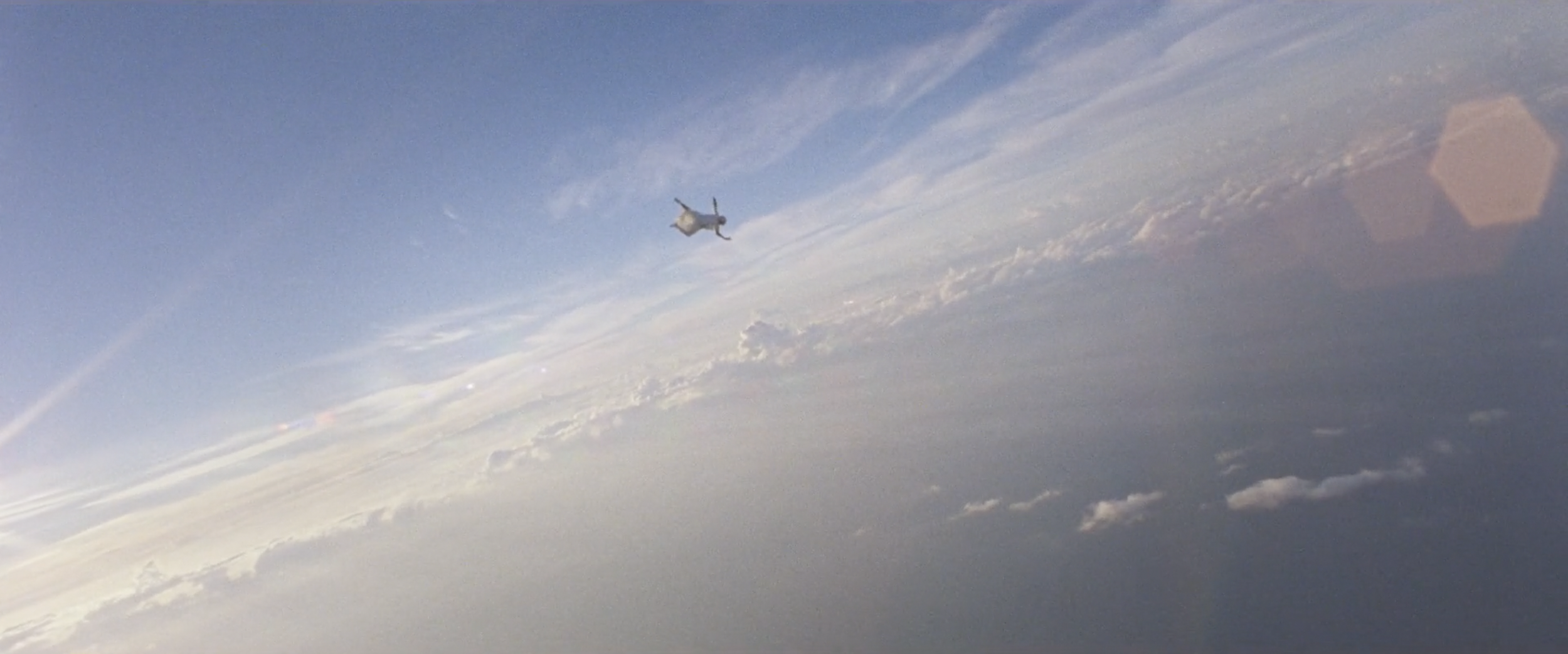
About the artists:
🜄 Noor Abed (Palestine) works at the intersection of performance and film. Her works create situations where social possibilities are both rehearsed and performed. Abed attended the Whitney Independent Study Program in Νew York in 2015-16, and the Home Workspace Program (HWP) at Ashkal Alwan, Beirut 2016-17. In 2020, she co-founded, with Lara Khaldi, the School of Intrusions, an independent educational collective in Ramallah, Palestine. Abed was an assistant curator in documenta fifteen, kassel 2021-22. She is currently an artist in resident at the Rijksakademie in Amsterdam 2022-24 and was recently awarded the Han Nefkens Foundation/Fundació Antoni Tàpies Video Art Production Grant 2022.
🜃 Hera Büyüktaşcıyan (b.1984 Istanbul) In her multidisciplinary practice, Büyüktaşcıyan unfolds ways in which memory, identity, and knowledge are shaped by deeply ingrained yet constantly evolving waves of history. The artist often references mythology and theology, as well as specific architectural structures as the foundation for her works, closely observing their genealogies and the ways in which they shift and evolve over time. Through her site specific interventions, sculptures, drawings and films, Büyüktaşcıyan dives into terrestrial imagination by unearthing patterns of selected narratives and timelines that unfold the material memory of unstable spaces. Selected exhibitions include; Resonant Grounds, CIAP Vassiviere, France (2023) ; A Permanent Nostalgia For Departure, CAC Cincinnati (2023); Earthbound Whisperers, TATE St.Ives(2023); 14th Gwangju Biennale, South Korea (2023); Ancestral Weavings, TATE Modern, London (2022); Matter of Art Biennale, Prague (2022); and New Museum Triennial, New York (2021).
🜂 Ariane Lorrain is a documentary filmmaker of Iranian and French Canadian origins. Her hybrid background leads her to live and create between Montreal and the Middle East. Her films deal with issues of migration, identity, and cultural transmission within communities negotiating between tradition and globalization. Her approach privileges the senses to convey reality and seeks to capture the intimate poetics of the everyday. Zagros (2018) received six awards internationally, including the Excellence in Visual Anthropology Award at Ethnocineca (Austria) and the Best Canadian mid-length Film Award at RIDM (Montreal). The Word of Forgiveness (2019), part of the omnibus concert-film The Seven Last Words, premiered in Rotterdam in the Bright Future Competition, and at Arsenal Contemporary Art. Her shorts films The Cradle (2023) and Between a Garden and the Sea (2016) have screened in international film festivals (Mexico, Vienna, Athens, Tunis, Hong Kong), in galleries and museums (Boston Museum of Fine Arts, Singapore Art Museum), as well as in ethnographic film festivals and universities (UK, US, Canada, France, Germany, Greece, Italy). Her recent collective exhibitions include Écologies Performatives (Nantes, France, 2023) and Dreaming in Colour (La Cenne, Montreal, 2021). Lorrain founded a darkroom cooperative for analog photography in 2014 (Le Trou Noir), teaches media-making to marginalized communities locally and across the Near East, and partakes in programming initiatives with the Critical Media Lab (McGill) and collectives bringing Palestinian and Syrian cinema to Montreal’s screens.
🜁 Kaveh Nabatian is an Iranian-Canadian director and musician whose evocative filmmaking has brought to life stories from the margins of society and across the world: Haiti, Nunavut, New York and beyond. His film work ranges from A Crack in Everything, a feature doc about Leonard Cohen, to masterminding the Rotterdam-premiering, experimental, seven-director anthology feature The Seven Last Words, to his Canadian Screen Award-nominated feature narrative debut, the Cuba-set and shot Sin La Habana, which won multiple awards from international film festivals, was a New York Times Critic’s Pick, and holds an 91% approval rating on Rotten Tomatoes. His most recent film, the award-winning Kite Zo A: Leave the Bones, is a sensorial documentary feature shot in Haiti, made in collaboration with Haitian musicians, poets, Vodou priests, fishermen, and daredevil rollerbladers. It had its international premiere at SXSW.
Kaveh is an IFP Narrative Lab fellow, and an alumnus of TIFF Writers Studio, Berlinale Talents, TIFF Talent Lab, and TIFF Pitch This.
